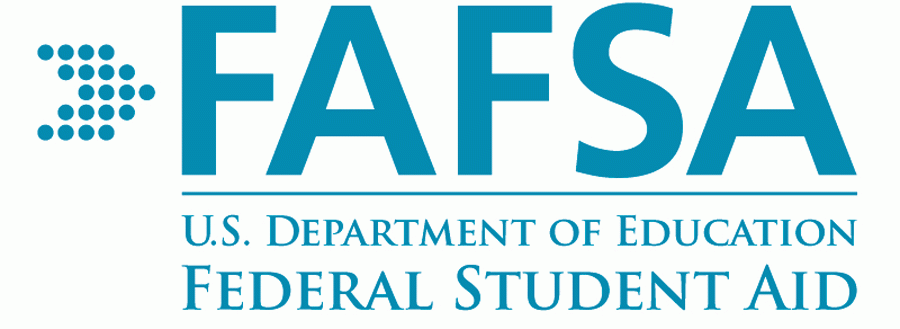Q&A: FAFSA’s New Opening Date
Current juniors got around the ACT/SAT scare, but a new change has come about that the Class of 2017 and future classes will not be able to avoid: the change in FAFSA. Here are some of the basics to the change that students and their families should know in order to properly prepare.
Q: What is FAFSA?
A: FAFSA is short for the Free Application for Federal Student Aid, which was established in 1992 by the federal government through the Higher Education Amendments. FAFSA was put in place to create a more uniform student loan process throughout the nation. Families enter their tax information into FAFSA in order to receive an Expected Family Contribution (EFC), a dollar amount that families are expected to pay toward college each year based on various factors, including gross income and relative home value. FAFSA also determines work study and qualifies students for grants, scholarships, and institutional loans.
Q: What changes have been made to FAFSA?
A: In previous years, the FAFSA application went live on January 1st. Families would complete their taxes and then enter their tax information into FAFSA by the end of January or early February. The tax information that used to be entered into FAFSA was for students’ junior and senior years. Now, the federal government has decided to change the FAFSA date to October 1st, and because taxes aren’t done until January, the taxes that will be used to determine a family’s EFC will be from two years before, giving it the nickname “Prior-Prior Year.”
Q: How do these changes affect students?
A: Nothing is official yet, but having talked with representatives from various college admissions offices, College and Career Counselor Sean Hiland predicts that with the change in the FAFSA opening date, the college admissions calendar will change as well. Previously, more diligent students would get their applications completed by November and complete any scholarship applications before the January 1 opening date of FAFSA. This would give students a two month waiting period to hear back from colleges. Since the whole college admissions calendar was created around FAFSA, shifting the date from January 1 to October 1 will more than likely bring about a change in the entire calendar. The whole calendar would essentially be shifted to match when the FAFSA application goes live. This will change when students must meet deadlines and have their applications completed. Obviously, this is just an educated guess, but in time, colleges will release their deadlines and we will know for sure.
Q: How will these changes potentially affect colleges?
A: In a way, these changes may end up providing students with a wider gap to really explore their college options and decide where they want to go. One date that hasn’t changed, and most likely won’t according to Hiland, is the final deadline of May 1, when all things should be finalized between college and student. Before, students would be receiving their acceptance letters sometime in March, which would give them about five weeks or so to decide which college they want to go to (by the May deadline). This was a rushed time period where families were scrambling to make a decision. Now, with FAFSA being completed in October, students will have a longer period of time (November, December, January, February, and March) to essentially weigh their options and “shop” around, as Hiland puts it. With this time, seniors can get their acceptance letters and then go revisit those colleges to really think about whether or not it works for them. This will definitely benefit students and their families, and as of right now, it isn’t official how colleges will react to this new window.
Q: How should juniors prepare for this new change?
A: The counselors at Eaglecrest are working to plan accordingly for this new deadline. Being a college preparatory school, none of the staff are going to leave the students to figure this new deadline out on their own. Hiland is working with principal Gwen Hansen-Vigil and planning to present the changes, a meeting which will be open to families to erase any confusion and lay out exactly how students should prepare. For now, Hiland encourages students to request their letters of recommendations before summer begins, giving teachers time to write those and have them ready for students at the beginning of the 2016-17 school year. The process will just be shifted back, and as long as students are aware of the new deadline changes, they won’t be caught off guard.

Kendall Ungerman, senior, became a staff member of the Eagle Quill her sophomore year and has since then worked her way to the editor-in-chief position...






